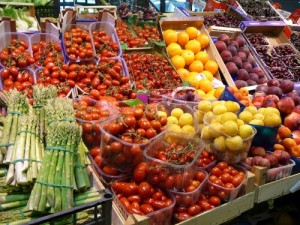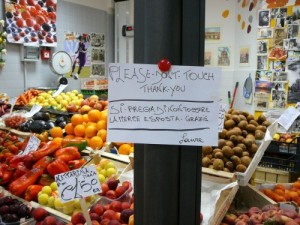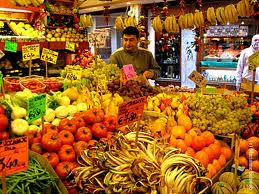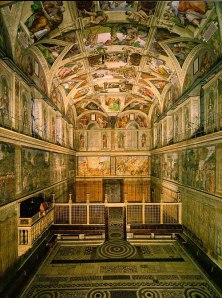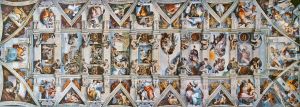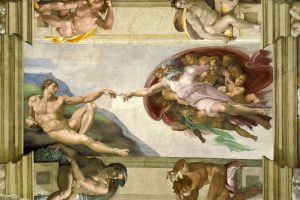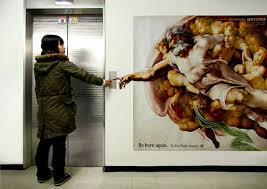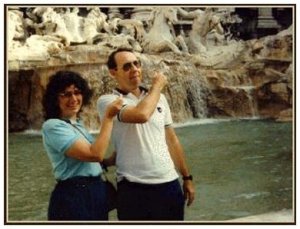Us Melbournians are used to delicious coffees all day, every day. There are usually coffee stores ridiculously close together. I mean, we are the coffee capital, apparently.
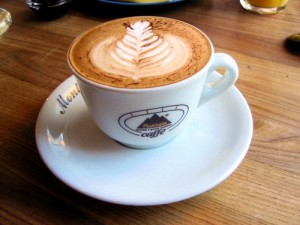
Romans have many rules regarding the proper etiquette of coffee consumption, one of which is that it is considered bad taste to order a coffee with milk in it (cappuccino, flat white, latte – you get the picture, all the good stuff) after breakfast-time and after any meal – they cringe at the thought of milk hitting a full stomach.
So what’s the big idea?
There are two main reasons why this is such a bit no-no:
1) It is said that by ordering this milk-filled coffee, one is intaking an immense amount of calories (because its more milk than it is coffee) and as such should be considered as a meal on its own, and only possible to be consumed in the morning where calorie-burning is at its optimum.
2) Italians are firm believers that drinking milk after any meal will disrupt proper food digestion, and thus ordering it after lunch or dinner is utterly unthinkable.

When I told my friend this, she said: “screw it, I’m going to order it anyway”
It appears that many people have come up with similar conclusions from what I have read on blogs and articles, yet it appears that this behaviour will elicit anywhere from a frown to refusal of service for the sake of one’s own health.

So if you’re a big coffee drinker and plan to visit Rome anytime soon, I suggest that you try separate yourself from your beloved cap, latte and/flat white and try some of those espresso shots in preparation.
I know I will be…trying…to… 😥
